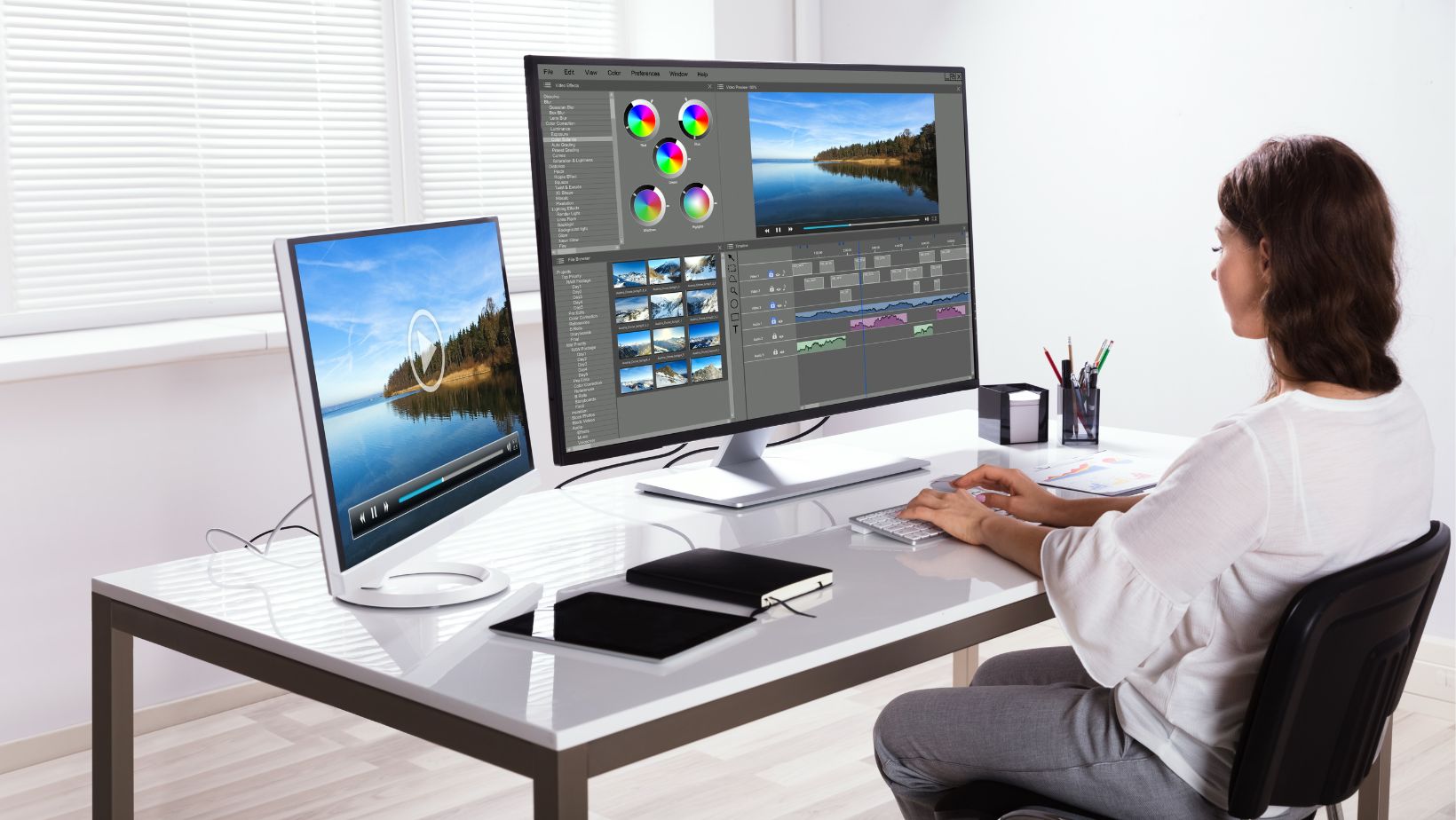Table of Contents
ToggleHow to Flip in Illustrator
Flipping objects in Adobe Illustrator can be a useful technique for creating symmetrical designs, adjusting the orientation of elements, or achieving specific visual effects. Whether you’re a beginner or an experienced user, mastering the art of flipping in Illustrator can greatly enhance your design capabilities.
To flip an object horizontally or vertically in Illustrator, simply select the object and go to the “Object” menu at the top. From there, choose either “Transform” and then “Reflect” for a more precise control over the flipping axis or use the shortcut keys (e.g., Ctrl+Alt+Shift+S) to access the Transform panel directly. Once you’ve selected your desired axis and angle of reflection, click “OK” to apply the flip effect.
It’s worth noting that when flipping objects in Illustrator, you have the option to create a copy of the original object while performing the flip. This can be particularly useful if you want to maintain both versions of an element within your design. Simply check the “Copy” box in the Reflect dialog box before clicking “OK”, and voila! You’ll have two flipped versions of your object ready to use.
With these simple steps, you’ll be able to effortlessly flip objects in Adobe Illustrator and unlock a whole new world of creative possibilities. So don’t hesitate to experiment with flipping techniques as you refine your skills and take your designs to new heights.

Understanding the Basics of Illustrator
Let’s dive into the fundamental concepts of Adobe Illustrator. This powerful software is widely used by designers, artists, and creatives to create stunning vector graphics. Whether you’re just starting out or looking to enhance your skills, understanding the basics is crucial.
- The Interface: When you launch Illustrator, you’ll be greeted by a sleek and intuitive interface. It consists of various panels and tools that allow you to manipulate shapes, colors, and typography with ease. Familiarize yourself with the different panels like Layers, Swatches, and Pathfinder as they play a vital role in organizing and editing your artwork.
- Vector vs. Raster: One key distinction in Illustrator is its use of vector graphics instead of raster images. Unlike pixels in raster graphics (like those in Photoshop), vectors are made up of mathematical equations that define lines and shapes. This means you can scale your artwork infinitely without losing any quality – a game-changer for logos, icons, or illustrations.
- Selection Tools: Illustrator offers a range of selection tools to help you work efficiently on your designs. The Selection Tool (V) allows you to select entire objects or groups while the Direct Selection Tool (A) enables precise manipulation of individual anchor points within paths.
- Drawing Tools: To create custom shapes or paths from scratch, familiarize yourself with the Pen Tool (P). Its versatility allows for precise control over curves and straight lines – an essential skill when creating intricate designs. Other drawing tools like Rectangle (M), Ellipse (L), Line Segment (), and Pencil (N) provide additional options for diverse design needs.
- Working with Layers: Similar to other design software, Illustrator uses layers to organize elements within your artwork effectively. By keeping different parts on separate layers, such as text on one layer and background on another, it becomes easier to manage complex compositions while making edits or adjustments later on.
As you continue your journey with Illustrator, these foundational concepts will serve as a solid starting point. Remember to explore the vast array of features and functionalities this software offers, allowing you to unleash your creativity and bring your design ideas to life. So grab that digital pen and let’s start creating amazing artwork in Illustrator!






